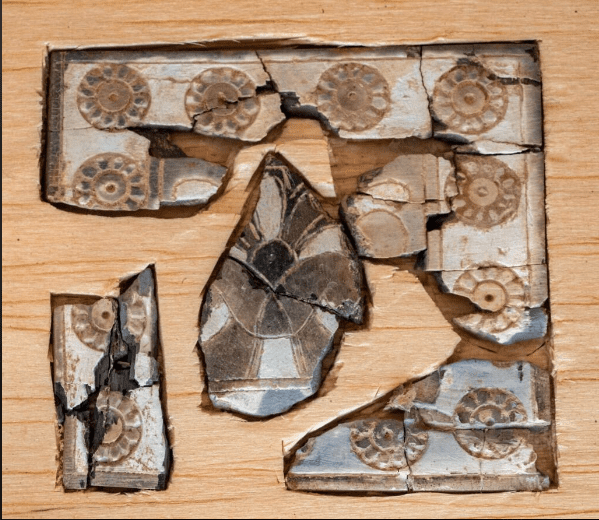ure. In September 2022, archaeologists from the Israel Antiquities Authority (IAA) and Tel Aviv University announced the discovery of a collection of ivory plaques from the First Temple period in Jerusalem. The plaques were found during excavations at the Givati Parking Lot in the City of David, an archaeological site that has been excavated for over 50 years.

The ivory plaques are made from the tusks of elephants and hippopotamuses. They are decorated with a variety of motifs, including animals, plants, and geometric patterns. The plaques are thought to have been used to decorate furniture, boxes, and other objects. They may also have been used as religious objects.
The discovery of the ivory plaques is significant because it provides new insights into the material culture and artistic tastes of the people who lived in Jerusalem during the First Temple period. The plaques also provide evidence of the close ties that the Kingdom of Judah had with other cultures in the region, including Egypt, Assyria, and Phoenicia.
The ivory plaques are currently being conserved and will eventually be displayed in the Israel Museum in Jerusalem.
Here are some additional details about the ivory plaques:
- The plaques are dated to the 8th-7th centuries BCE, the time of the First Temple.
- The plaques were found in a building that was destroyed in the Babylonian conquest of Jerusalem in 586 BCE.
- The plaques are made from the tusks of elephants and hippopotamuses.
- The plaques are decorated with a variety of motifs, including animals, plants, and geometric patterns.
- The plaques are thought to have been used to decorate furniture, boxes, and other objects. They may also have been used as religious objects.
- The discovery of the ivory plaques is significant because it provides new insights into the material culture and artistic tastes of the people who lived in Jerusalem during the First Temple period. The plaques also provide evidence of the close ties that the Kingdom of Judah had with other cultures in the region, including Egypt, Assyria, and Phoenicia.


